
by Brad Slavin | Jul 24, 2024 | Email Security
The SPF delegation method is for domain owners who authorize an external email server to send emails on their behalf without having them fail the email authentication checks. This requires you to make some alterations to the existing SPF record.
(more…)
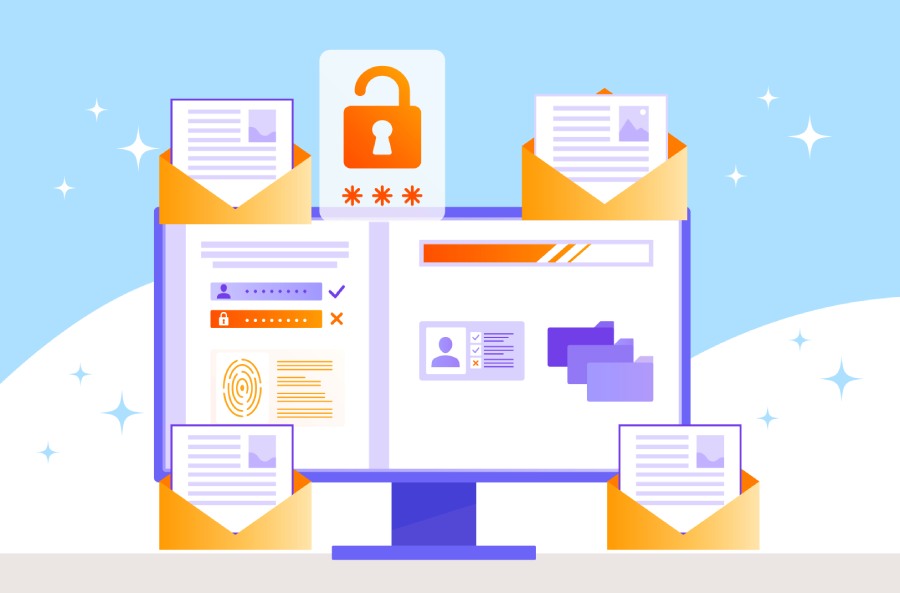
by Brad Slavin | Jul 23, 2024 | Email Security
The risk of cybercriminals intercepting your emails and tampering with them is perpetual. But there’s a way to mitigate this risk and make sure that your emails are delivered unaltered without any malicious interference. Implementing DKIM or DomainKeys Identified Mail is your masterstroke against email tampering and spoofing. It relies on cryptographic techniques to sign your emails, allowing recipients to verify that they truly originate from your domain and have not been messed with.
(more…)
![Trello Emails Leaked, Malware Domains Registered, Kaspersky Exits USA – Cybersecurity News [July 15, 2024]](https://www.duocircle.com/wp-content/uploads/2024/07/spf-permerror.jpg)
by Brad Slavin | Jul 22, 2024 | Announcements
Here’s an inside look at the latest cybersecurity news covering the 15 million emails stolen from Trello, Kaspersky’s exit from the U.S., what Revolver Rabbit is doing with 500,000 domains, the AT&T Data Breach, and info-stealer malware being distributed via Facebook ad campaigns. Let’s take a look!
(more…)
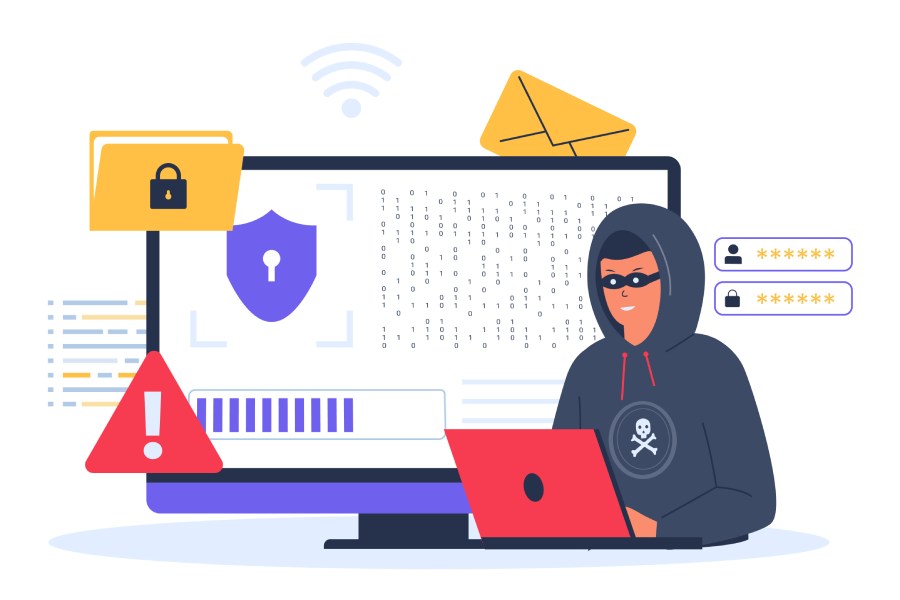
by Brad Slavin | Jul 19, 2024 | Email Security
Threat actors bypass DKIM authentication checks with the DKIM replay attack technique. This allows them to attain a copy of a valid email and replay it with additional or replaced From, To, or Subject headers. As the original DKIM signature is valid, the replayed version also passes the DKIM authentication checks. This way, even phishing and spoofing emails land in the recipients’ inboxes instead of spam folders.
(more…)
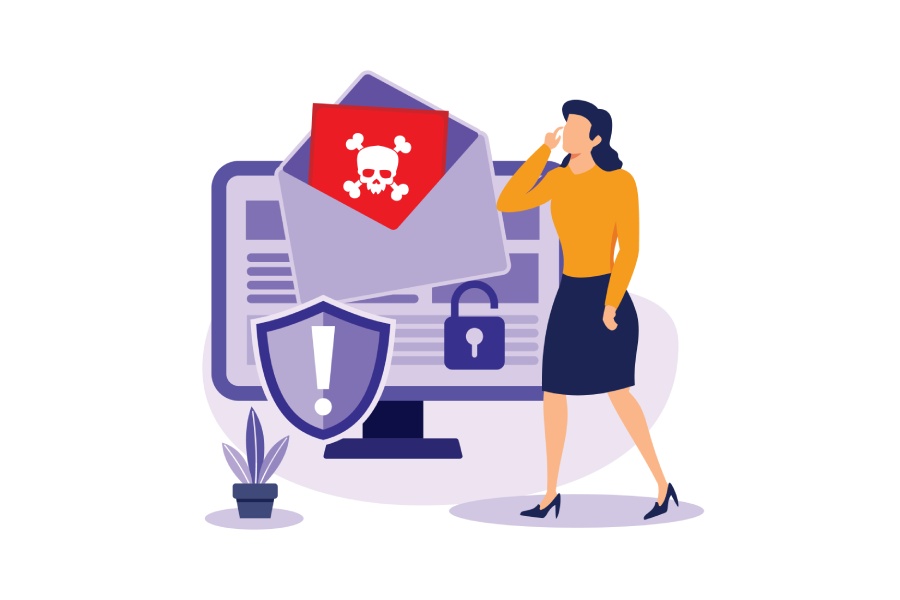
by Brad Slavin | Jul 18, 2024 | DMARC
Recently, Microsoft users received data breach notification emails, which, however, were marked as spam by Microsoft’s own security tools.
(more…)
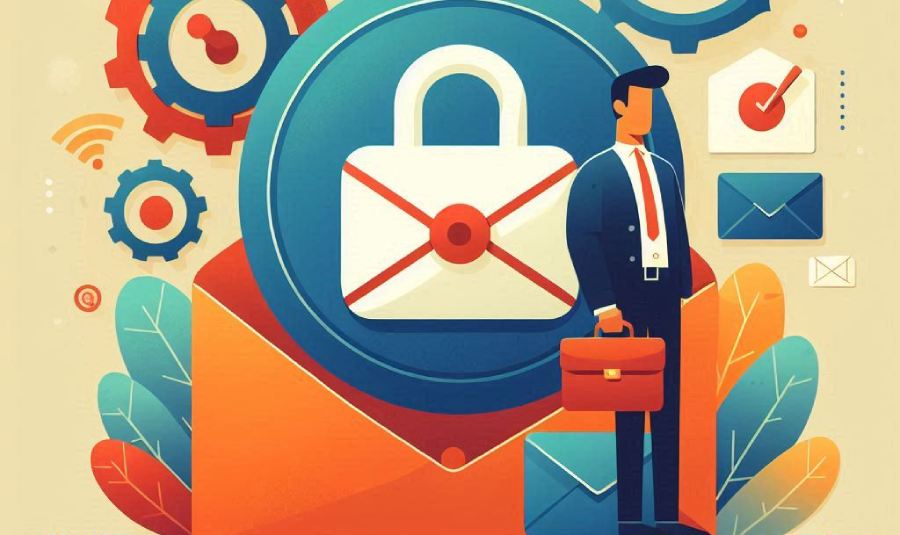
by Brad Slavin | Jul 16, 2024 | Email Security
Email authentication has become a non-negotiable standard for companies and governments, as it prevents phishing, spoofing, ransomware, and other email-based cyberattacks. Email authentication protocols also raise alerts for modified email contents as these changes indicate tampering done by threat actors.
(more…)
![Chinese Hackers Hijack Routers, US Stops Botfarm, Google Adds Passkeys – Cybersecurity News [July 08, 2024]](https://www.duocircle.com/wp-content/uploads/2024/07/sendgrid-alternative-5.jpg)
by Brad Slavin | Jul 15, 2024 | Announcements
Here we are back again with cybersecurity’s latest covering the news that shook the world this week. We’ll take a look at Chinese hackers taking over SOHO routers for attacks, how the US DoJ shut down Russian bot accounts on X, the new passkeys for Google account protection, the Fujitsu data breach, and the compromise of personal and healthcare information of the City of Philadelphia. Stay tuned!
(more…)
![What is the Google Critical Security Alert email?]()
by Brad Slavin | Jul 12, 2024 | Email Security
Google has always prioritized user safety and has designed the Google Critical Security Alert to warn users whenever a threat actor or unauthorized person tries to access your Google account. This security feature also alerts you if there is a login to your account from a new or unrecognized device, allowing you to deny access if you don’t recognize the device. You receive a notification on your primary device (in which the particular Google account is logged in), where you have to click on either of the options – ‘Yes, it’s me’ or ‘No, secure account.’ You may also receive this notification via email.
(more…)
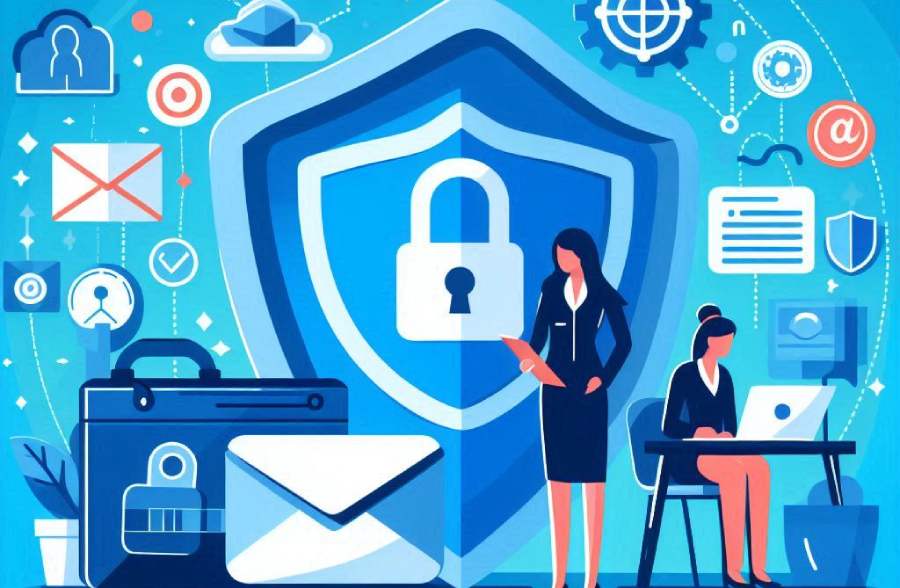
by Brad Slavin | Jul 11, 2024 | Email Security
Email authentication protocols like the Sender Policy Framework (SPF), DomainKeys Identified Mail (DKIM), and Domain-based Message Authentication, Reporting, and Conformance (DMARC) are considered to be robust mechanisms to protect against cybersecurity threats such as spoofing and phishing. This is when you are sending emails from your domain, but when it comes to forwarding emails, these protocols fall short.
(more…)

by Brad Slavin | Jul 9, 2024 | DMARC
DMARC helps prevent spoofed emails from bypassing spam filtering, but it’s just one part of a broader anti-spam strategy. Not all DMARC reports are equal; some show detailed recipient responses, while others only indicate success or failure. Understanding why a message failed is as important as knowing if it did.
(more…)


![Trello Emails Leaked, Malware Domains Registered, Kaspersky Exits USA – Cybersecurity News [July 15, 2024]](https://www.duocircle.com/wp-content/uploads/2024/07/spf-permerror.jpg)



![Chinese Hackers Hijack Routers, US Stops Botfarm, Google Adds Passkeys – Cybersecurity News [July 08, 2024]](https://www.duocircle.com/wp-content/uploads/2024/07/sendgrid-alternative-5.jpg)

